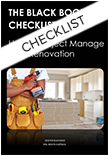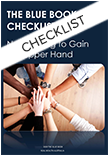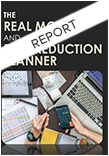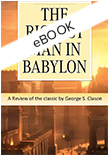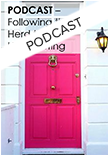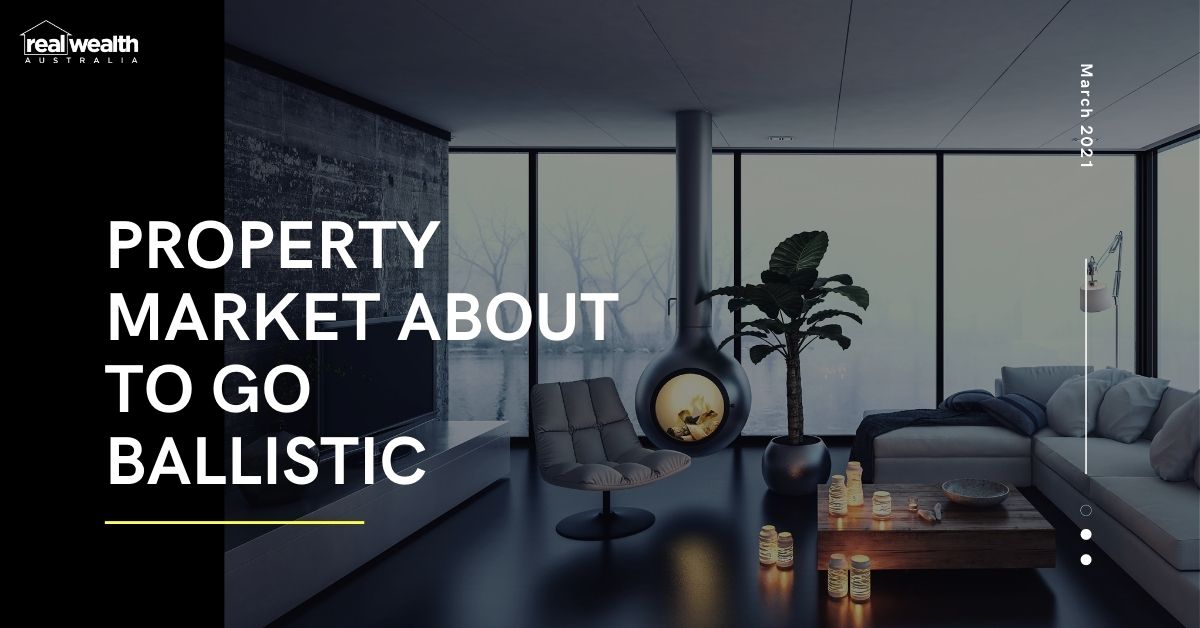Real Wealth Australia
How much was your last energy bill?
 I’ll never forget the time, a few years ago, I worked with a client on her household budget.
I’ll never forget the time, a few years ago, I worked with a client on her household budget.
When working out their bills she listed a figure of $4,000 per year for electricity.
“Are you sure that figure is right?!” I questioned.
“Yes,” she replied glumly. “Our energy bill is less than $500 in winter but over the warmer months, we have the air-con running 24/7. The bill is usually over $1,500 for summer!”
She lived in north Queensland, where the weather is undeniably much warmer than I’m used to in Melbourne. Still – I couldn’t imagine the bill shock of receiving that bill in the mail each quarter!
If you’re accustomed to sitting down when reading your energy bills, perhaps these energy saving tips from RealEstate.com.au will help:
[box type=”bio”] Passive cooling Passive cooling (or non-mechanical cooling) is the least expensive way of cooling a home – financially and environmentally.
It’s basic purpose is to control heat gain and help heat to dissipate in a building through its architectural design, thus improving the indoor temperature and comfort levels with little or no energy consumption.
There are many ways you can design or modify your home to achieve comfort through passive cooling, as well as hybrid approaches which utilise mechanical cooling systems like timed use of your air-con. Home design elements that influence passive cooling The kind of steps you need to implement to achieve passive cooling are largely dictated by the climate.
You’ll need take into account whether you need to simply cool your home, or use both cooling and heating techniques during the warmer and colder seasons. To achieve passive cooling at home, you might consider: The orientation of your property; Using lighter-coloured, reflective roof materials; Shading your walls, windows and roof from direct solar radiation; Designing buffer zones; Managing air ventilation, and Taking thermal mass into consideration. Insulation For a building to resist heat you need good insulation. And insulation isn’t just in your roof – it’s the very bones and fabric of your building – walls, floors, doors and windows. Of course, different materials have different insulative properties too – a brick veneer home will hold heat differently to a double brick house.
The property’s aspect and position in relation to the sun – and things like shade from trees – also play a big role in discouraging or encouraging heat. Planning good insulation is easy to do if you are building from scratch but most homeowners don’t have this luxury.
There are cheap and simple things you can do to any house to assist with insulating, like:
Shading your east, north or west facing windows with awnings, shutters, louvres, or screens; Adding thick blinds or curtains; Adding a protective tint to the windows or glass doors, and sealing gaps to keep heat out. 
Open or shut?
When the hot weather arrives people usually fall into two groups – Those who open their windows and doors for relief, or those who close up in the early morning to protect against the heat.
As it happens, they’re both right! If your home is well insulated you’re more likely to benefit from closing up blinds, windows and doors against the heat. But if your home is poorly insulated it will be more comfortable to open up and hope for a breeze.
Air circulation Roof ventilation can also assist in bringing the temperature of your home down in summer. So depending on the kind of property you live in, you might consider installing roof insulation and eave vents, or some roof whirlybirds, to assist in letting the hot air escape.
Either way, when the cool of the southerly breeze hits – or the sun goes down – you’re best off opening up all the windows and doors to let your home cool down naturally overnight.
Minimise heat producing activities It may seem like common sense but if it’s hot outside, don’t have a roast for dinner. The oven is only going add heat to your home.
Consider an outdoor BBQ instead. Sounds simple, but minimising your use of heat producing appliances can really help keep your home cool – and it’s not just the oven and stove, even though they’re the obvious contenders. Many – if not all – appliances produce heat, including dryers, dishwashers, computers, TVs, some lights and more.
A helping hand
Simply by circulating air, freestanding or ceiling fans can make a huge difference to your comfort in hot weather. Use fans alone or in conjunction with a thermostat controlled air conditioner, by setting the temperature higher on the air-con to make it more energy efficient.
If you have an older air conditioner, consider replacing it with a more modern energy efficient system.
If you’re installing air conditioning for the first time, make sure you get the right type (e.g., evaporative won’t work in a humid environment). Make sure it’s also the correct size for your space, so it’s cooling it down efficiently. For maximum effect, try to use energy consuming cooling effects like air-con in conjunction with passive cooling ideas like the ones above (closing windows, blinds) and make sure it’s properly maintained for longevity for efficient and economical use.[/box]
Real Wealth Australia
Share this post
Become a successful Property Investor
